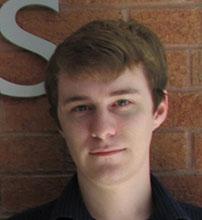March 30, 2018
University of Arizona Department of Physics, Tucson, Arizona
Astronomers have used redshift to quantify distance to objects for over 150 years. Historically, redshift has been calculated by measuring the spectrum of an object and measuring frequency shifts in atomic spectral lines. These so-called spectroscopic redshifts have very low uncertainties but take quite a bit of telescope time and take longer the fainter the object is. Last year, the Dark Energy Survey released their Year 1 data release and revealed that they measured photometry for over 300 million new galaxies. Worse yet, the upcoming Large Synoptic Survey Telescope is estimated to measure photometry for another 20 billion galaxies over its 10-year program. With this many objects, measuring each spectrum is completely unreasonable, however, we need to measure redshifts to do science. After a brief introduction to spectroscopic redshift, I will delve into the various methods that have been developed to measure redshift using photometric data including Bayesian template fitting, machine learning methods, and other more arcane methods.
